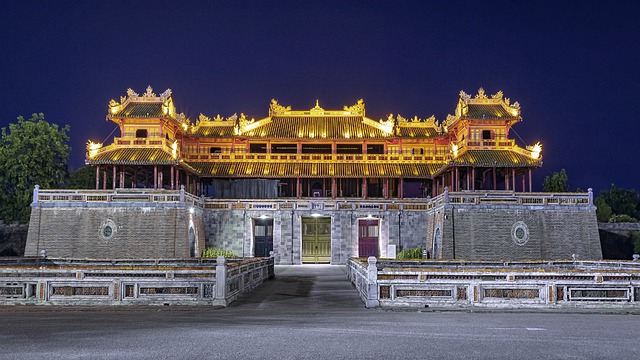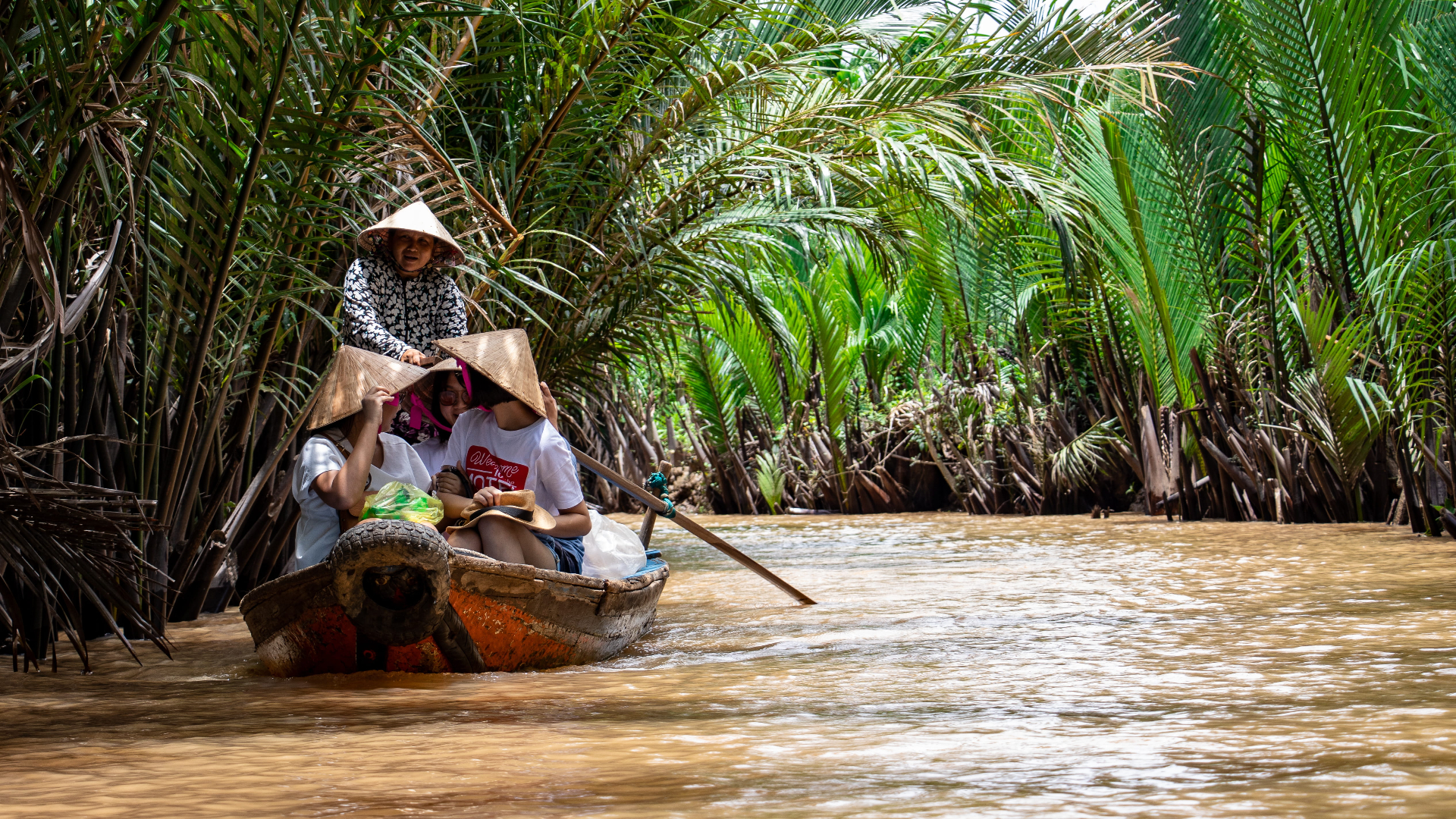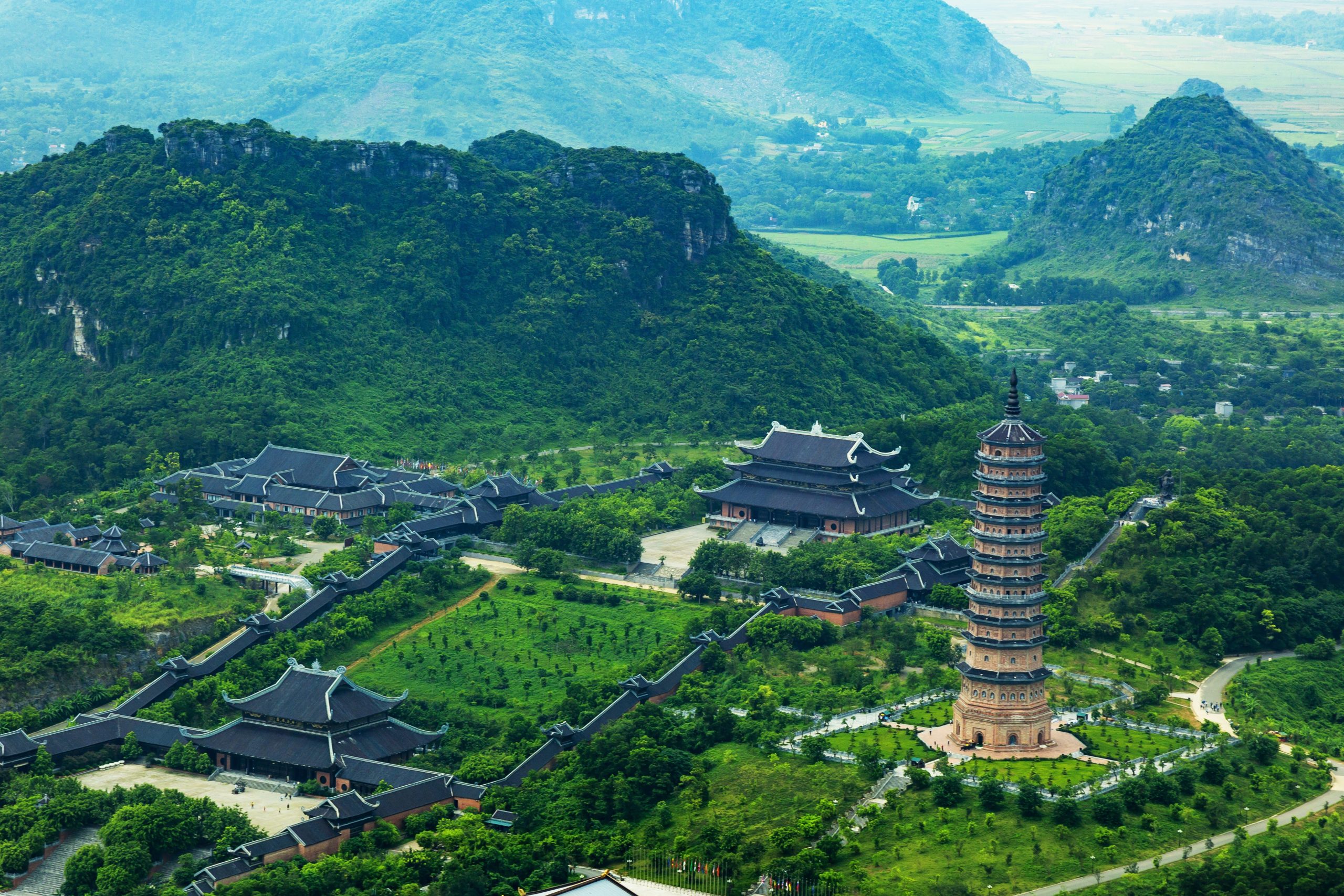Travel Tips
India Travel Guide
India is a country of unparalleled diversity and home to an eclectic mix of cultures, religions, and people. It is a land where modernity and tradition, urban and rural, peaks and valleys coexist in cohesive harmony. India’s fantastically paradoxical past, its breathtaking vastness, and enigmatic spirit is what makes it an inexhaustible point of interest. No wonder its snow-capped mountains and palm-fringed beaches, serene temples and bustling bazaars, rustic fishing villages and software-super cities, have earned it the title of being one of the most multi-dimensional countries on earth.
Why should you visit India?
India is as colourful and varied as its geography
There you’ll find everything including psychedelic technicolour temples; archaic forts with artfully crumbling facades; ancient ruins left by precursory empires; uber sophisticated cities buzzing with the latest fashion, film, food and art trends; paradisiacal beaches; culinary adventures; numerous bazaars and shopping malls bountiful in their assortment;
hill station resorts and nature spas; wildlife safaris where – if you’re lucky – you will encounter elephants, antelopes, cobras and an odd tiger; and numerous festivals, fairs, celebrations and activities that will keep you entertained and entranced.
India has it all neatly packaged in a heady mix of wholeness, beneath the vast array of cultures, customs, dialects, languages, ethnicities, natural phenomena
and people.
Getting around India is easy and affordable
Getting about this immense country is surprisingly easy and relatively inexpensive as India’s rail network is one of the world’s most extensive and well connected. Train bookings open 90 days before departure time but seats tend to fill up quickly with an estimated 20 million people travelling by train in India every day. It is, therefore, advisable to book in advance whenever possible.
Local and tourist buses are also widely available within the country and are perfect for short distance journeys.
Rickshaws and taxis are to be found on every street corner and will get you around speedily and cheaply.
If, however, you’re travelling from one end of the country to the next we recommend you check out some of India’s domestic airlines. It is the fastest and the most reliable way to travel around India, especially since nowadays airfare prices are very competitive and you can almost always get a great deal from one of the country’s own budget airlines such as GoAir, IndiGo, SpiceJet, Air India and Jet Airways.
From dormitories to luxury resorts India offers accommodation to suit all tastes and budgets
Accommodation in India is vastly varied, therefore, you are guaranteed to find something to suit your budget. As a general rule, cheap accommodation comes in many guises including hostels, dormitories, railway retiring rooms, beach huts, home-stays and very basic hotels.
Mid-range accommodation tends to be similar across the country and comes in a form of modern-style concrete blocks that usually offer free Wi-fi, small en-suites, and some extras such as cable or satellite TV, air-conditioning and in some instances hot water. Some mid-range hotels will also have in-house restaurants, chai shops, communal lounges and car rental services.
Top end places and luxury chain hotels are also aplenty in India. Almost all of these will offer supper efficient service, European style décor and facilities, in-house restaurants, bars, a 24-hour front desk, and all the creature comforts you might expect.
Prices across all sections of accommodation vary greatly depending on location as well as the time of year you intend to visit. Do keep in mind, however, that most establishments raise their tariffs during peak season, which usually coincides with the best weather for the area’s sights and activities – normally summertime in the mountains (June to October), and the cooler months in the plains (October to mid-February).
Where to go in India
India is huge. It is not at all an easy task to choose where you should go. There are wonderful beaches along the western coast and mind-blowing trekking opportunities in the Himalaya mountains; there are intricate centuries old temples oozing history and amazing animal encounters; there are endless delights for food lovers at virtually every corner of the country and each street is a paradise for photographers.
The country in divided into 6 large regions:
- Himalayan North with Shimla and Manali hill stations luring tourists with their cool climate and mountainous landscape;
- The Plains, home to the capital city of Delhi as well as the spectacular temple of Taj Mahal in Agra and mystique and awe-inspiring Varanasi;
- Western India with its main draw being the beaches of Goa and a whole lot of intriguing destinations like Jaipur, Udaipur, Jodhpur and Jaisalmer in the state of Rajasthan.
- Southern India is a big tourist hub with Kerala and Karnataka having the lion’s share of international visitors.
- Darjeeling, nown all over the world for the fine teas produced there and located in the state of West Bengal together with the renowned Kolkata are both found in the Eastern India region.
- North-Eastern India is mostly a dark horse for the most tourist with its seven smaller states commonly known as Seven Sisters.
Here are some hints where to start your acquaintance with the country.
Goa: beaches and yoga
Goa is one of the most popular tourist destinations in India. Over two million travellers visit the state’s sandy shores annually. But the state has a lot more to offer besides its beach-side resorts, its widely diverse cultural and geographical features range from Portuguese-influenced food and architecture in Panjim and Margao to bedazzling white waterfalls, wildlife reserves, Christian and Hindu festivals, centuries-old cathedrals and plenty of nightlife hot spots. Goa is lush, green and gorgeous and has a whole host of attractions and activities, including numerous options for yoga and alternative therapies, water sports and wildlife-spotting. It is an ideal place to visit if you’re after a beach holiday with a difference because you will sure be awestruck by Goa’s natural beauty, the state’s rich history, and the famous Goan curry. Please note, however, that prices in Goa are generally higher than in most other states and fluctuate wildly depending on the season, reaching the climax during the very busy Christmas and New Year period otherwise known as peak season.
Goa, though famous for its beaches, also has plenty of waterfalls, rivers, hills, and wildlife for those in search of a trekking adventure. Some of the most popular trekking destinations in the state are Todo Waterfalls, Udaan Dongor, Mollem National Park and Chorla Ghats.
Karnataka: rich cultural heritage
The state of Karnataka, situated a stone’s throw from Goa, is renowned for its magnificent landscape, emerald green valleys, gushing rivers, exotic wildlife, and a rich cultural heritage.
Bangalore, the state’s capital, known across the world as India’s silicon valley is famous for its relaxed atmosphere, towering shopping malls, a buzzing night-life and super fashionable bars and clubs.
Another major city, which offers something entirely different is Mysore. About two hours from the capital, the city houses some of the state’s most grandiose palaces and gardens and is famous for silk and incense production.
If, however, you’re looking for a beach break we recommend you head to the holy city of Gokarna. Located on the Arabian Sea coastline, the town is set behind the forest-covered foothills of the Western Ghats, offering a grand view of Karnataka’s scenic splendour. This small but lively coastal resort has numerous beaches, cheap eateries, water sports activities and a relaxed pace of life which you won’t find anywhere else. Perfect for a quiet romantic getaway or a long family holiday.
Kerala: ghats and Ayurveda
Kerala is one of the most advanced and socially progressive states in India. It is also a place of exceptional beauty known for its Ayurvedic treatments, the backwaters, rice paddies, tea plantations, elegant houseboats and delicately spiced and aromatic cuisine. Located between the Western Ghats and the Arabian Sea, Kerala has a labyrinthine network of rivers, canals, and lagoons, which are unique to the state. It also boasts some of the most pristine beaches in India. The state is dotted with former-colonial trading towns full of breathtaking architecture and spice and tea plantations, home to wild elephants, exotic birds, and tigers. The Hindu temple festivals, held between November and March in Thiruvananthapuram and Kochi, are a must-see for their spectacular firework displays and brightly decorated elephant processions. Kerala is a state that has a vibrant mix of exotic landscapes and city attractions, perfect for the first time traveller.
Maharashtra: a culinary adventure
For those in search of a culinary adventure we recommend you head to the city of Pune, in the state of Maharashtra. Pune is a modernmetropolis with a small-town feel and is known as a burgeoning foodie paradise. If you’re after some authentic Southeast Asian fare as well as some truly unique fusion and novelty dishes this is the place to go.
Gujarat: South Indian cuisine
Another city that’s built a reputation on its cuisine is Ahmedabad, which has the widest choice of places to eat in the whole of Gujarat. The city is famous for its glamorous eating-out culture, innumerable varieties of bread and a vegetable curry called shaak. Thiruvananthapuram, in Kerala, is also a must if you’re into your food. There you will find everything from a traditional Sadhya (thali) to quick-fry food trucks, innovative fusion kitchen and traditional South Indian idlis, dosas and uttapam.
Himachal Pradesh: trekking and wild life spotting
Trekking and wildlife spotting is one of the key tourist attractions in India. The state of Himachal Pradesh, in the heart of the Himalayas, is the perfect place to go whether you’re a casual hiker or a seasoned trekker. The state boasts some of the most scenic and remote routes in the whole of India, and some of the best wildlife sanctuaries in the North. Kerala, also known for its trekking culture, has magnificent tea plantations around hill-station towns, such as Kumily and Munar, which offer plenty of trekking routes and chances of spotting some exotic birds, snakes, monkeys, and tigers.
Need more beaches?
There are plenty of beach-side resorts in India, and some of the most popular ones are located by the Arabian Sea. A vast majority of these are in the state of Goa, which is blessed with golden sands and an aquamarine coastline. Some of the most populous beaches are Candolim, Baga, Anjuna, and Arambol located in North Goa. The less populous and pricier beach resorts are in South Goa, including Palolem, Colva, and Benaulim.
Another place to visit if you’re after a beach holiday is Gokarna, which has five beaches in total. Gokarna’s Main Beach and Kudle Beach are West facing while Om Beach, Half Moon Beach, and Paradise Beach are South facing. All the beaches in this compact seaside town are uniquely atmospheric and charming.
Kerala also has some of the best beaches in the country, Kovalam is favoured by the tourists due to its shallow waters, sophisticated eateries, and a friendly vibe while Varkala Beach is renowned for its relaxed atmosphere and rustic charm. Alleppey, Shankumugham and Cherai Beaches are also great – ideal for a day trip or a sunset picnic.














